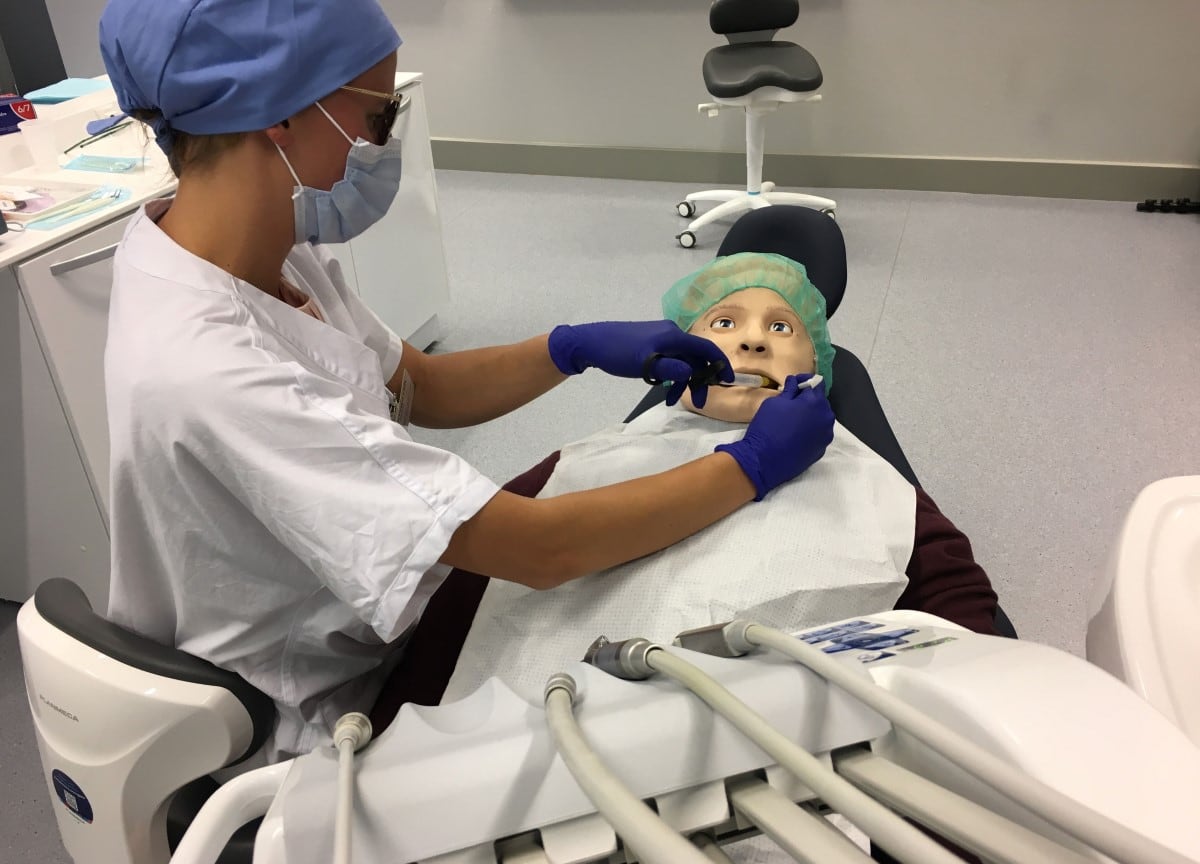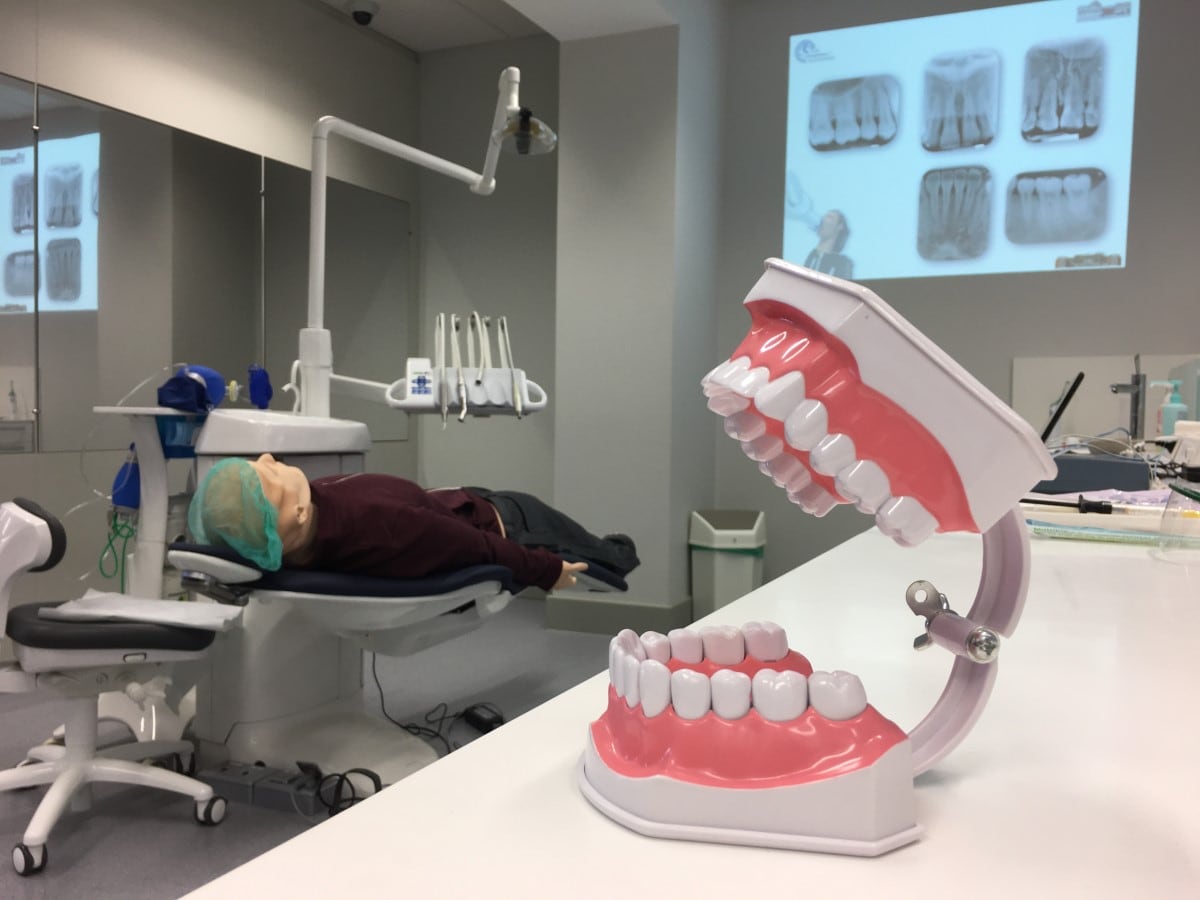What’s this thing called FEDVIP?
The Federal Employees Dental and Vision Insurance Program, or FEDVIP, is a voluntary program that provides supplemental dental and vision benefits to federal civilian employees, retirees, and their families. FEDVIP allows those eligible to buy dental and vision insurance on a group basis with competitive premiums and no pre-existing condition limitations. (Some, but not all, of the dental plans have a waiting period for orthodontics.)
There are no government contributions toward premiums. FEDVIP offers 15 dental plans, including some that are specific to certain areas, but at least 10 dental plan choices are available to any potential enrollee. There are eight vision plan choices available to all. Some of the plans offer both “high” and “standard” options.
Why is this change being made?
It was mandated by Congress in the 2017 National Defense Authorization Act “to offer eligible beneficiaries the opportunity to purchase dental and vision insurance currently available to federal employees” under FEDVIP, according to the report accompanying the law.
When is the deadline to enroll in FEDVIP?
The FEDVIP open enrollment period is Nov. 12 to Dec. 10. The coverage is effective beginning Jan. 1, 2019.
There will be a process for enrollment for service members who retire after Dec. 10, but specific information was not yet available.
How do I enroll in FEDVIP?
Visit Tricare.benefeds.com. You can compare different plans available and rates based on your ZIP code. You’ll be able to enroll starting Nov. 12.
RELATED

What happens if I don’t enroll in FEDVIP dental coverage?
You can enroll between Nov. 12 and Dec. 10. If you have Tricare Retiree Dental Program coverage and you don’t enroll in FEDVIP by Dec. 10, you won’t have dental coverage through the government on Jan. 1. Your next shot at getting into FEDVIP will be the next open enrollment season — November 2019. Under FEDVIP, open enrollment seasons are when you can enroll in, change or cancel a FEDVIP dental or vision plan.
Who in the military community is eligible for FEDVIP dental coverage? Am I eligible if I didn’t have Tricare Retiree Dental Program coverage?
Anyone eligible for Tricare Retiree Dental Program coverage is eligible for FEDVIP — even if you didn’t previously enroll in that Tricare dental program. That includes all retirees and their families, retired Guard and Reserve members and their families, Medal of Honor recipients and their families, and survivors.
Those who were medically retired and those using Tricare for Life are in that retiree eligibility group, as are their eligible family members.
What about active duty members and families?
Active duty military members don’t qualify for FEDVIP dental or vision plans. They continue to get their care from military hospitals or clinics. Active duty families aren’t eligible for the dental coverage under the FEDVIP, but they are eligible for FEDVIP vision coverage. Their dental coverage continues to be provided by Tricare.
That said, FEDVIP dental coverage for active duty families is coming. This year, Congress passed a law that authorizes active duty family members, non-activated Guard and Reserve members and their families to be eligible for FEDVIP dental benefits, beginning no earlier than 2022.
Reserve component members and their family members who are enrolled in Tricare Reserve Select aren’t eligible for FEDVIP dental coverage, either, but they’re eligible for FEDVIP vision coverage.

What are the differences between the Tricare Retiree Dental Program and the FEDVIP?
The primary difference is choice. With the Tricare program, there was one plan, “one size fits all.” With FEDVIP, there are at least 10 dental plan choices available to each person. The cost varies between the plans, and in many instances FEDVIP dental plans offer better coverage and lower premiums than the Tricare retiree benefit.
Like the Tricare program, the monthly dental premiums for FEDVIP vary depending on location.
Under FEDVIP, there are no deductibles when using in-network dentists. Under the Tricare Retiree Dental Program, there was a $50 annual deductible for each person.
Under FEDVIP, major services like crowns, bridges, dentures and implants don’t have a waiting period. Under the Tricare Retiree Dental Program, there is a 12-month waiting period for those services, unless the service member enrolled within four months after retirement.
RELATED

Are there differences in coverage other than the cost of premiums between different areas?
The different dental insurance carriers generally have two levels of coverage: “high” and “standard.”
The premiums for high plans cost more than a carrier’s standard plan, but the patient pays a bigger percentage of the cost of certain services under the standard plan. For example, under the FEP BlueDental in San Antonio, the monthly premium cost under the standard plan is about half of what it is for the high plan. But the retiree would pay 45 percent of the cost — a 45 percent co-pay — for intermediate services (such as fillings) under the standard plan, compared with 30 percent under the high plan.
There are differences in premium rates between areas and among the carriers. But within each national plan available throughout the country and internationally, the other features and benefits of that national dental carrier will stay the same from one area to another. Thus, the percentage of co-pay stays the same across the board for that carrier, as well as the annual maximum benefit, etc.
Do retirees have to enroll every year in FEDVIP?
Once you enroll in a FEDVIP plan, it automatically continues unless you want to make changes during the annual open enrollment season.
Can I make changes outside open season?
Yes, if you experience a qualifying life event such as getting married, losing other dental or vision coverage, adding a family member, or losing a family, to name a few examples.
How do retirees pay for the FEDVIP coverage?
Retirees can make their premium payments from their retirement pay. If the retirement pay isn’t enough to cover premium payments, the retiree can pay by automatic bank withdrawal. Credit card payments aren’t an option.
Karen has covered military families, quality of life and consumer issues for Military Times for more than 30 years, and is co-author of a chapter on media coverage of military families in the book "A Battle Plan for Supporting Military Families." She previously worked for newspapers in Guam, Norfolk, Jacksonville, Fla., and Athens, Ga.




